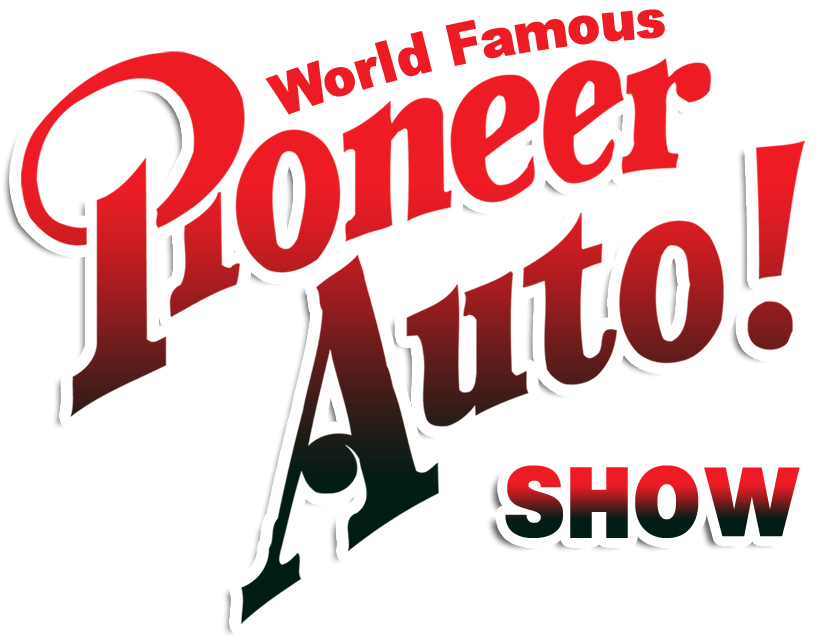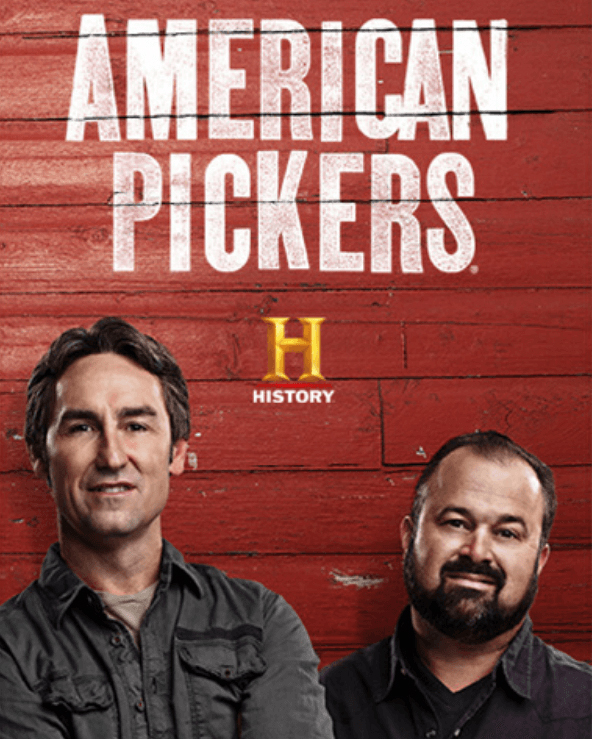– By #Pioneer Auto Show
Midwest-built cars help fill ‘Pioneer’ collection
Murdo, S.D., is as good a place as any to discuss cars built in the Midwest, outside of Michigan, and Dave Geisler, of the Pioneer Auto Show, may be better than most to be in that discussion.
“The Pioneer Auto Show was started in 1954 by my dad, A.J. ‘Dick’ Geisler and his family,” Geisler said. In 1945, the family moved to Murdo and opened a John Deere and Chevrolet dealership, followed later by a Phillips 66 gas station.
Eventually, when the car collection started building, A.J.’s sons, John and Dave, joined in finding some wonderful examples of America’s motoring past. Many cars came to the collection through tips and classified ads.
Read the full article here (.pdf)
Murdo Has A TRUCKLOAD of Trucks
If you think that old-truck collectors are going to run out of vehicles someday, one trip to the Pioneer Auto Show in Murdo, S.D., should clear up the misconception. It’s not fair to describe this attraction as a “museum” when it’s really a community built around collecting stuff. The complex consists of 38 buildings erected a few at a time around a motel, gas station and the GTO Diner. Many of those buildings are filled with vehicles, including more than 50 old trucks.
The beginning of Pioneer Auto Show dates to 1954, when Dick Geisler opened it under the name Pioneer Auto Museum. Today, it’s his son, Dave, who will most likely greet you at the door. If you buy a ticket — which Dave will tell you is cheaper than those for many other highway attractions — you’ll gain entrance to a treasure trove of trucking history (plus cars, tractors, motorcycles and all kinds of Americana).
Read the full article here (.pdf)
Classics Turn Up on Parts Safari
Americans still love old cars. That’s a fact that became clear to me when I traveled halfway across the country to pick up some vintage MG Magnette parts in Oregon. Old cars were everywhere — driving, riding on trailers, sitting in fi elds, for sale in dealerships, parked in storage yards, decorating antique shops, perched on poles and exhibited in museums.
Among the museum cars were several “big-C” Classic cars. When Classic Car Club of America (CCCA) members talk of a “Classic car,” they are using the term to identify specifi c vehicles which they define as “fi ne or unusual foreign or domestic motor cars built between the years 1925- 1948 and distinguished for their respective fine design, high engineering standard and superior workmanship.” Most of us would think of these vehicles as “big, fancy, luxury cars of (basically) the Great Depression era.”
Read the full article - and about the author's visit to Pioneer Auto - here (.pdf)
Last Modified:




